The North Pole is one of the most intriguing and extreme environments on our planet. This cold and icy region, located at the top of the world, hosts a surprising variety of wildlife that has adapted to its unique conditions. Despite the harsh, freezing temperatures and the long periods of darkness in winter, the North Pole is teeming with life. From apex predators to resilient plant life, let’s explore the top ten animals and wildlife that call the North Pole their home.
Polar Bears The Kings of the Arctic
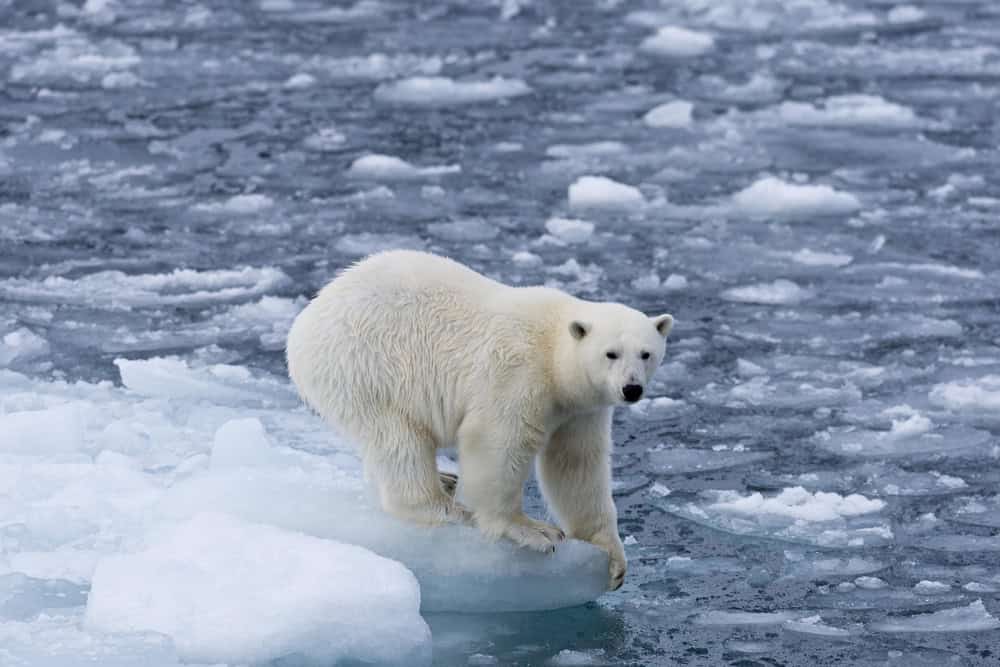
Polar bears are synonymous with the Arctic. As the largest land carnivores, they have adapted to the icy environment with their thick fur and a layer of blubber that insulates against the cold. These majestic animals primarily feed on seals, hunting them from sea ice platforms. As a keystone species, polar bears play a crucial role in the Arctic ecosystem, balancing the seal populations and maintaining the health of the marine environment.
Arctic Foxes Masters of Camouflage

The Arctic fox is another iconic animal of the North Pole. Known for their striking white fur during the winter, these foxes are masters of camouflage, blending into the snowy landscape to avoid predators and surprise prey. They are versatile hunters and scavengers, feeding on small mammals, birds, and even carrion left behind by polar bears. In the summer, their fur changes to a brown or gray color, making them less visible on the tundra.
Walruses The Diving Giants
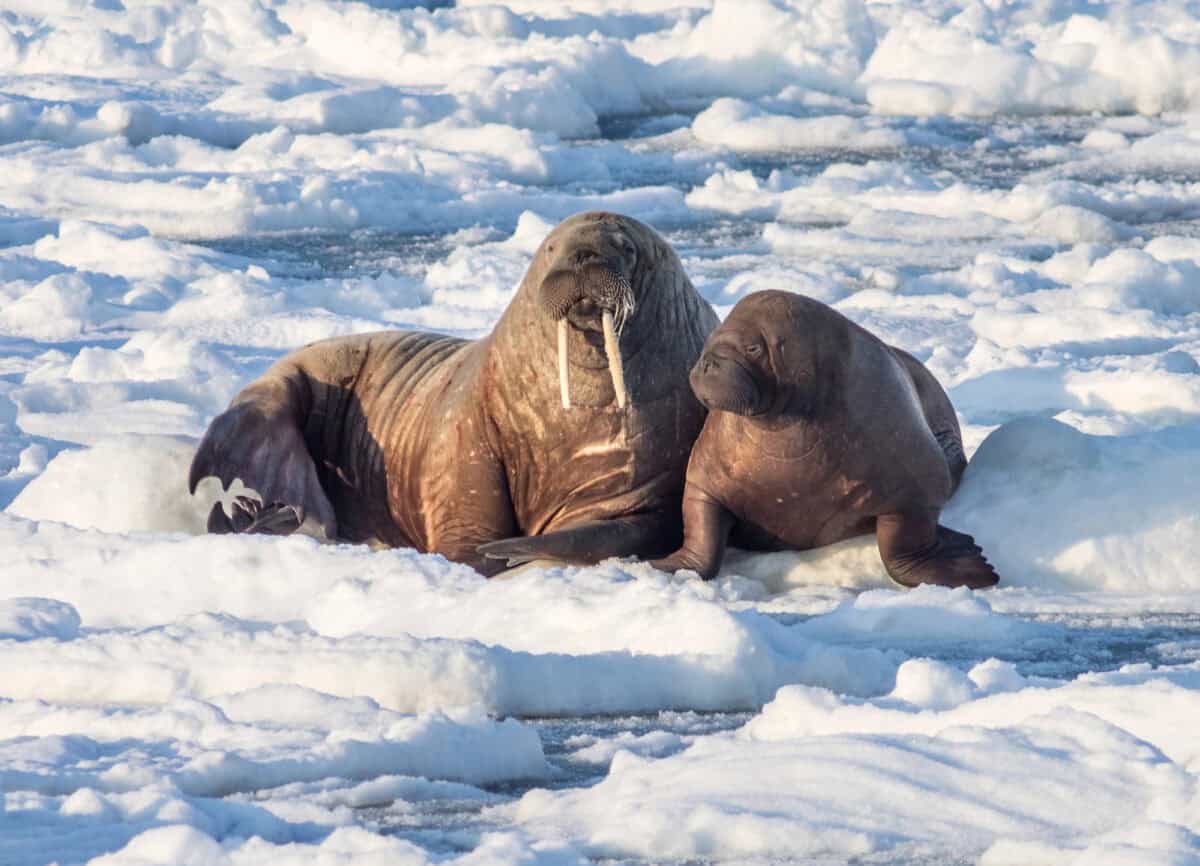
These gigantic pinnipeds are easily recognizable by their long tusks and whiskered snouts. Walruses are highly social animals often found lounging on ice floes or shorelines in large groups. They primarily feed on benthic invertebrates, like clams, which they locate using their sensitive whiskers and dig out from the seabed. Walruses are excellent divers and can remain submerged for up to 30 minutes.
Beluga Whales The Canaries of the Sea
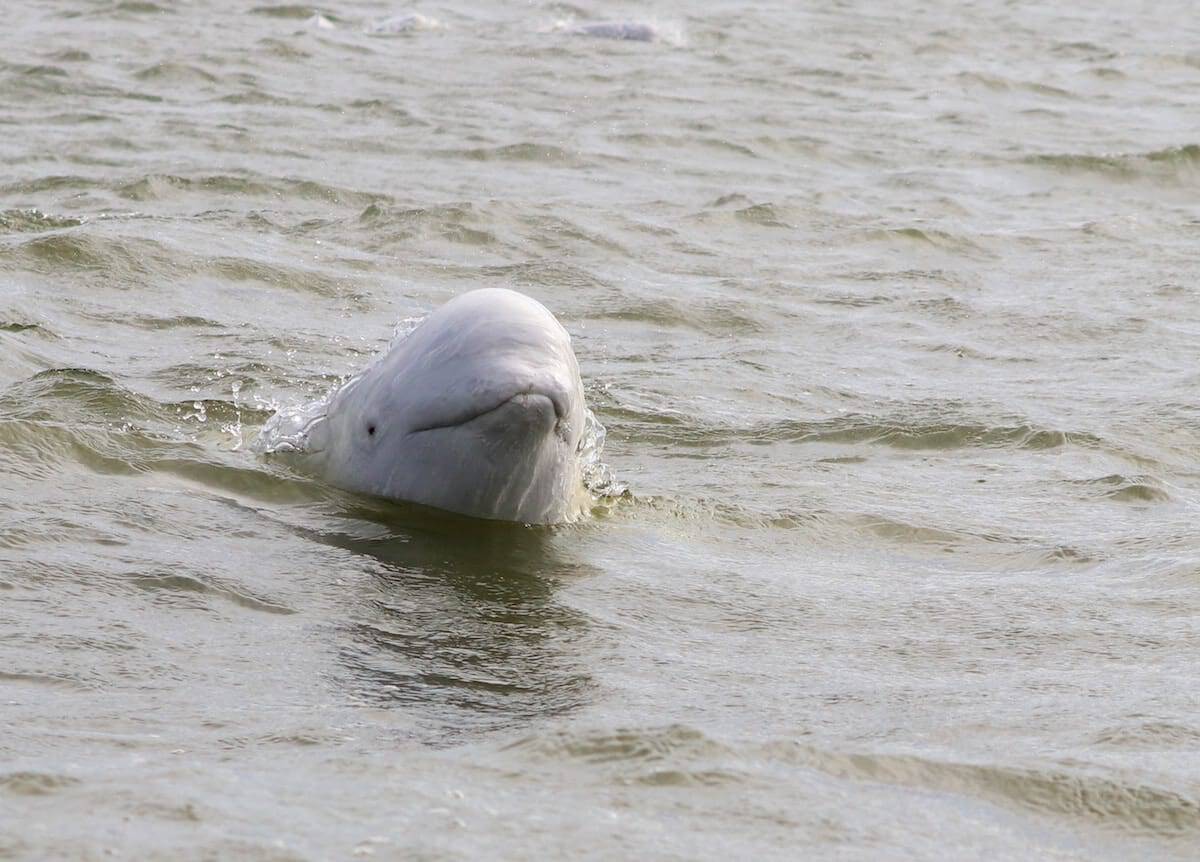
Beluga whales are often referred to as the “canaries of the sea” due to their high-pitched vocalizations. These whales have a distinctive pure white color and are highly social, often seen traveling in groups called pods. Belugas are well adapted to the cold, with a thick layer of blubber for insulation and the ability to change the shape of their head, allowing them to produce a wide range of sounds for communication.
Narwhals The Unicorns of the Arctic

Narwhals are perhaps one of the most mythical creatures of the North Pole, often dubbed the “unicorns of the sea” due to their long, spiral tusks, which are actually elongated teeth. These tusks can grow up to nine feet long and are theorized to play a role in mating rituals or navigation. Narwhals mainly consume fish and are found in the icy waters of the Arctic Ocean.
Arctic Hares The Speedy Survivors
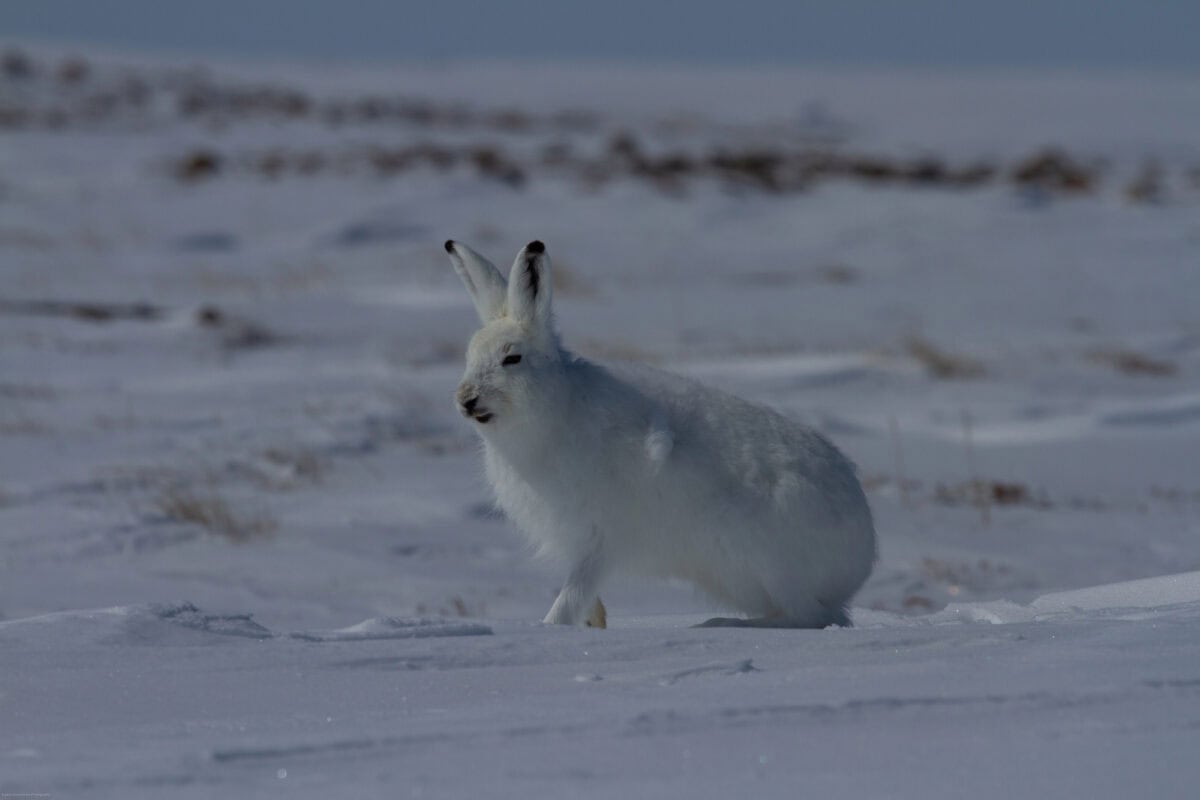
The Arctic hare sports a thick, white coat in winter that provides camouflage against the snow and sheds to a gray-brown coat in summer. These animals are incredibly efficient in using their powerful hind legs to escape predators and can reach speeds of up to 40 mph. Their diet consists of woody plants, mosses, and lichens, which they dig out from beneath the snow.
Seals The Arctic Residents
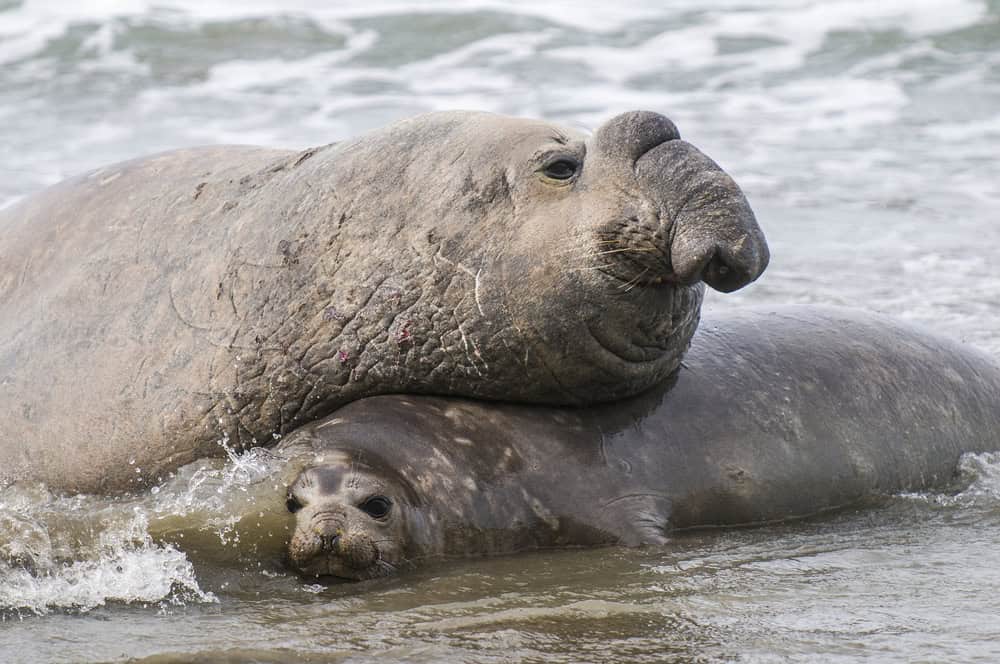
The North Pole is home to several seal species, including ringed seals, bearded seals, and harp seals. These animals are essential prey for polar bears and are perfectly adapted to life on and off the sea ice. They possess a robust layer of blubber for warmth and develop breathing holes in the ice to rest safely and evade predators.
Musk Oxen: The Woolly Herds
Resembling relics from the Ice Age, musk oxen have a dense undercoat of wool and long outer hair that keep them warm in the chilly Arctic temperatures. Known for forming protective circles against predators, these herd animals graze on the tundra’s grasses and shrubs. Their thick coats make musk oxen deceptively resilient against the harsh climate of the North Pole.
Snowy Owls The Arctic Predators

Snowy owls are magnificent birds of prey native to the Arctic regions. With their striking white plumage, these owls are well adapted to blend into the snowy landscape. They are powerful hunters, primarily preying on small mammals like lemmings. In times of food scarcity, snowy owls are known to travel great distances beyond the Arctic to find sustenance.
Northern Fulmars The Seafaring Navigators

Northern fulmars are seabirds that thrive in the North Pole’s frigid climates. These birds are adept flyers and spend most of their life at sea, returning to land only to breed on cliff ledges. With a diet consisting primarily of fish and small marine organisms, they are skilled foragers. Fulmars can drink seawater, thanks to special glands that excrete the excess salt.
Concluding Thoughts: The Diverse Wildlife of the North Pole
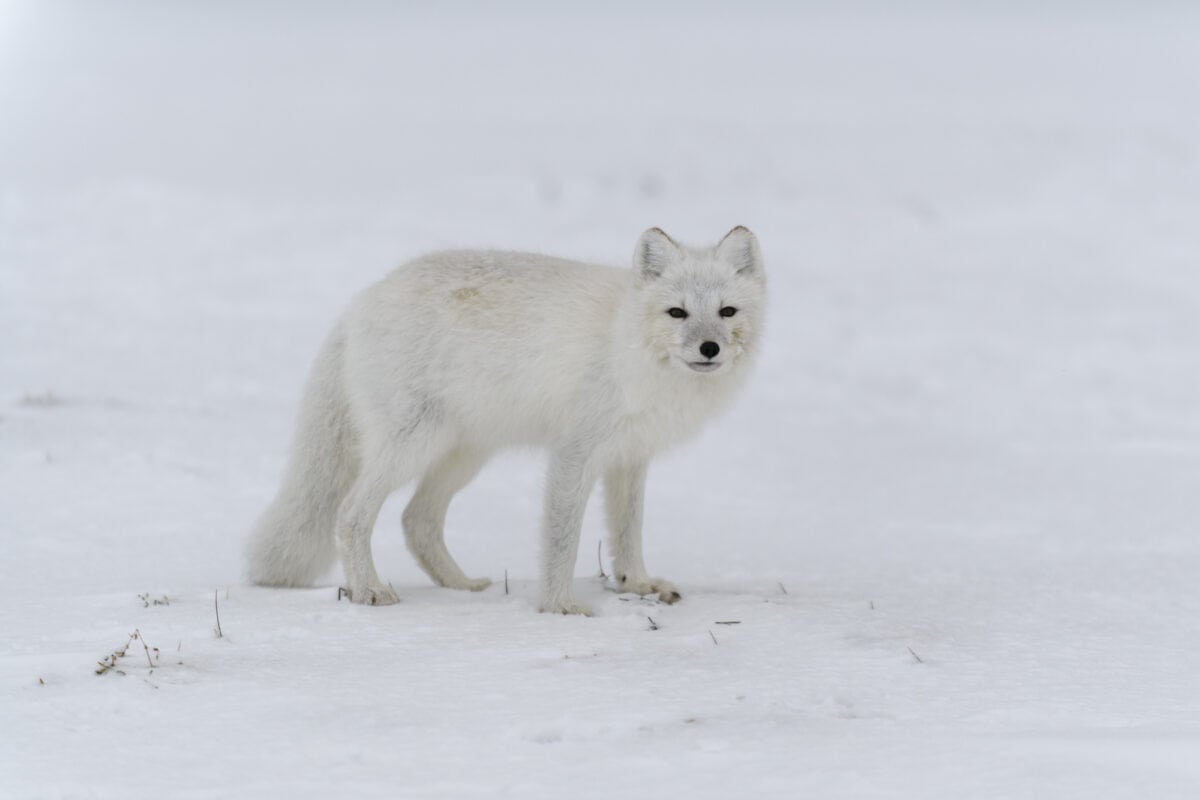
The North Pole, albeit a place of extreme conditions, is home to a rich and diverse array of wildlife. Each of these species has evolved unique adaptations to flourish in this seemingly inhospitable environment. As climate change impacts the Arctic, protecting this delicate ecosystem and its inhabitants becomes ever more critical, reminding us of the interconnectedness of all life on Earth.
- 15 Times Scientists Observed Empathy in Animals - August 11, 2025
- New York Biggest Forest Animal is the Shy Moose of the Adirondacks - August 11, 2025
- 12 Animals That Can Drink Seawater and Survive - August 11, 2025

